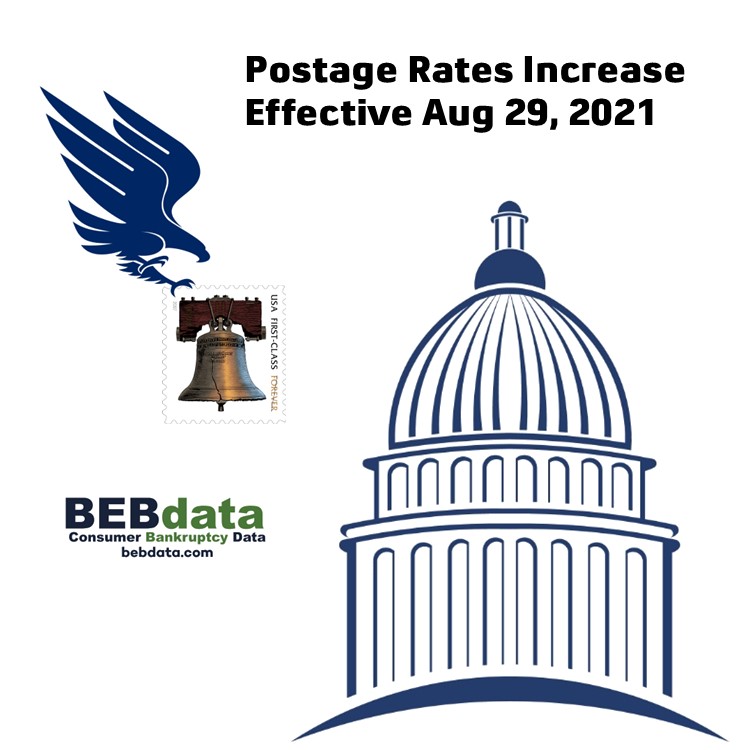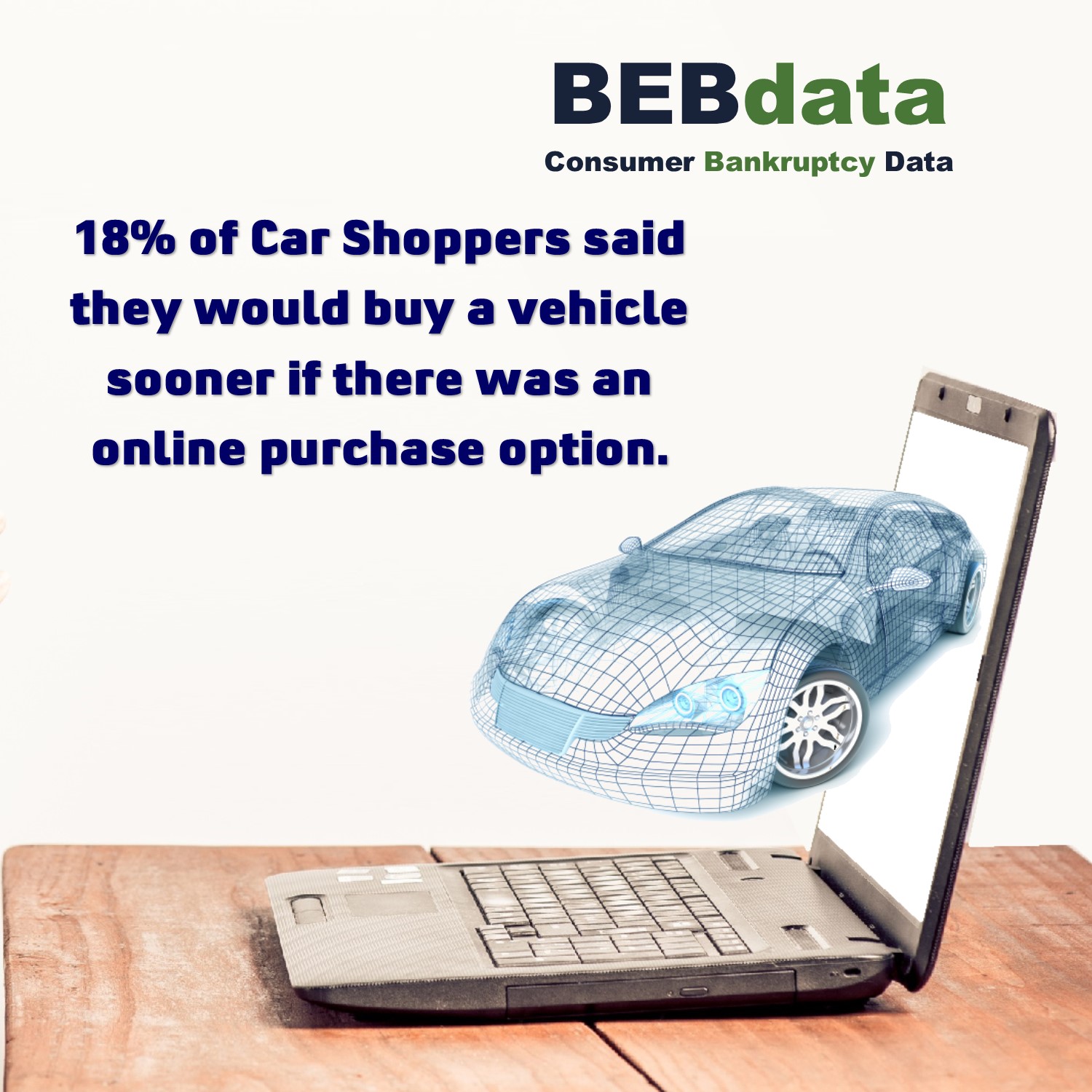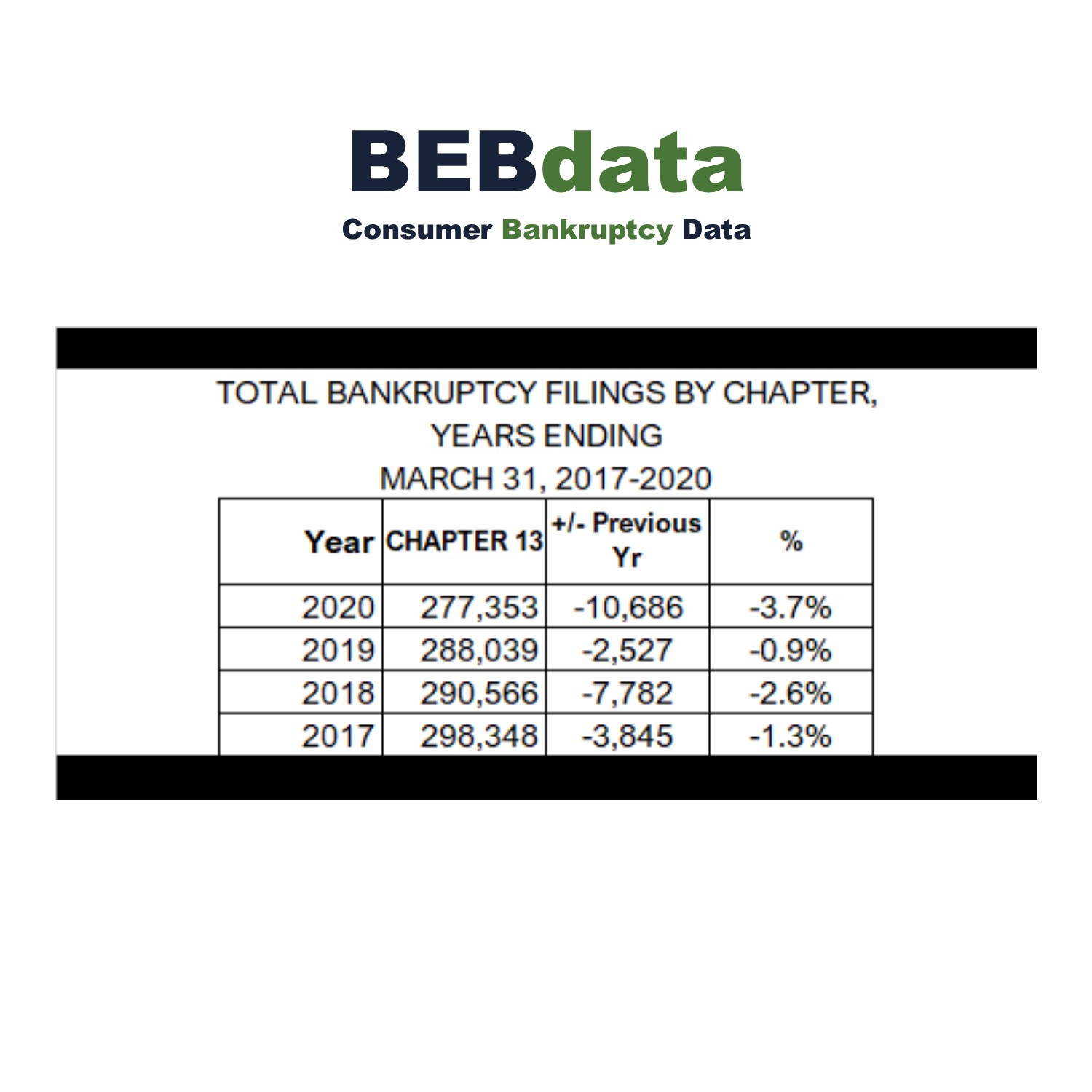
Consumers snapped up new autos at pre-pandemic rates in the first quarter of 2021 by more than 8%.
The gain was powered by higher demand in anticipation of a return to offices and everyday travel as vaccination rates exceeded one-quarter of the population. Also, fear of lower supplies of cars because of chip shortages has left consumers scrambling for any car that they can get, which means accepting less-than-optimal colors, features and even swapping to a different model entirely if needed.
The projected sales acceleration is part of a trend that began soon after factories reopened last summer and has persisted in the months since then. This year’s gains come from retail buyers, whose purchases soared 20% compared with a year ago — a period that largely predated the onset of shelter-in-place orders. Retail deliveries are forecast to have reached 3.16 million vehicles in the quarter, the second-highest total ever.









 The above chart show total bankruptcy filing by Chapter 7 for years ending March 31st.
The above chart show total bankruptcy filing by Chapter 7 for years ending March 31st.